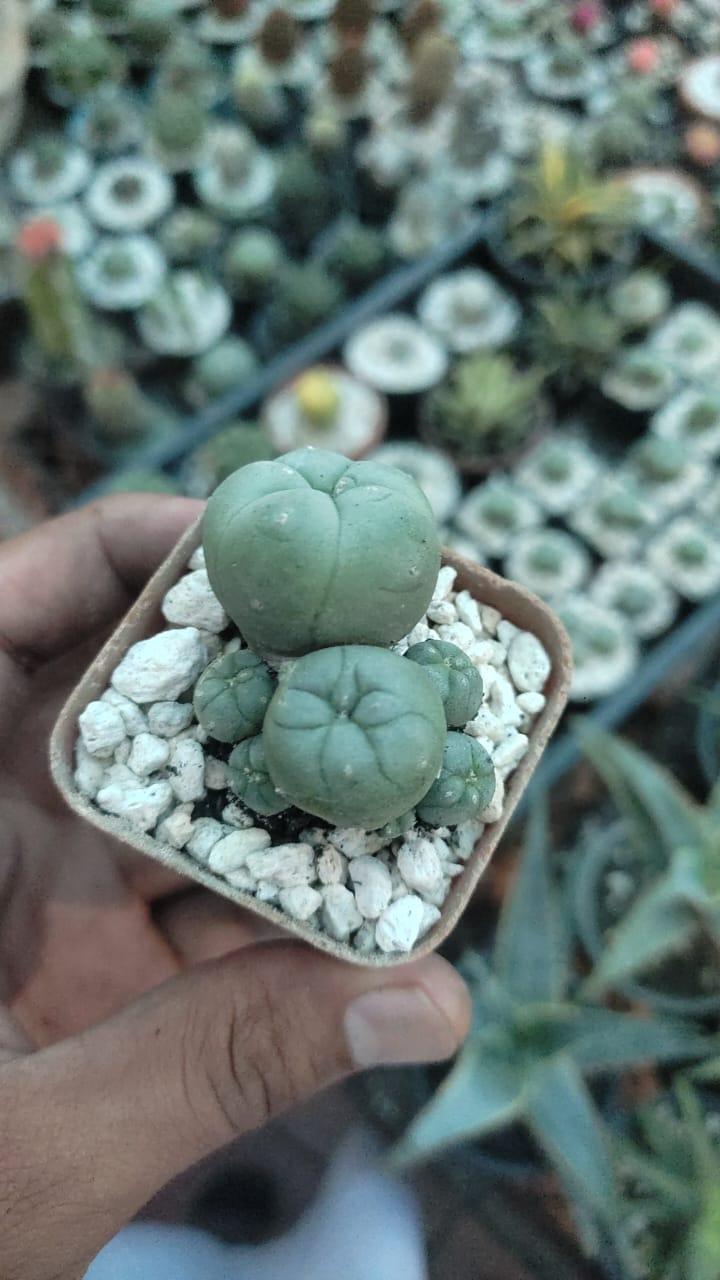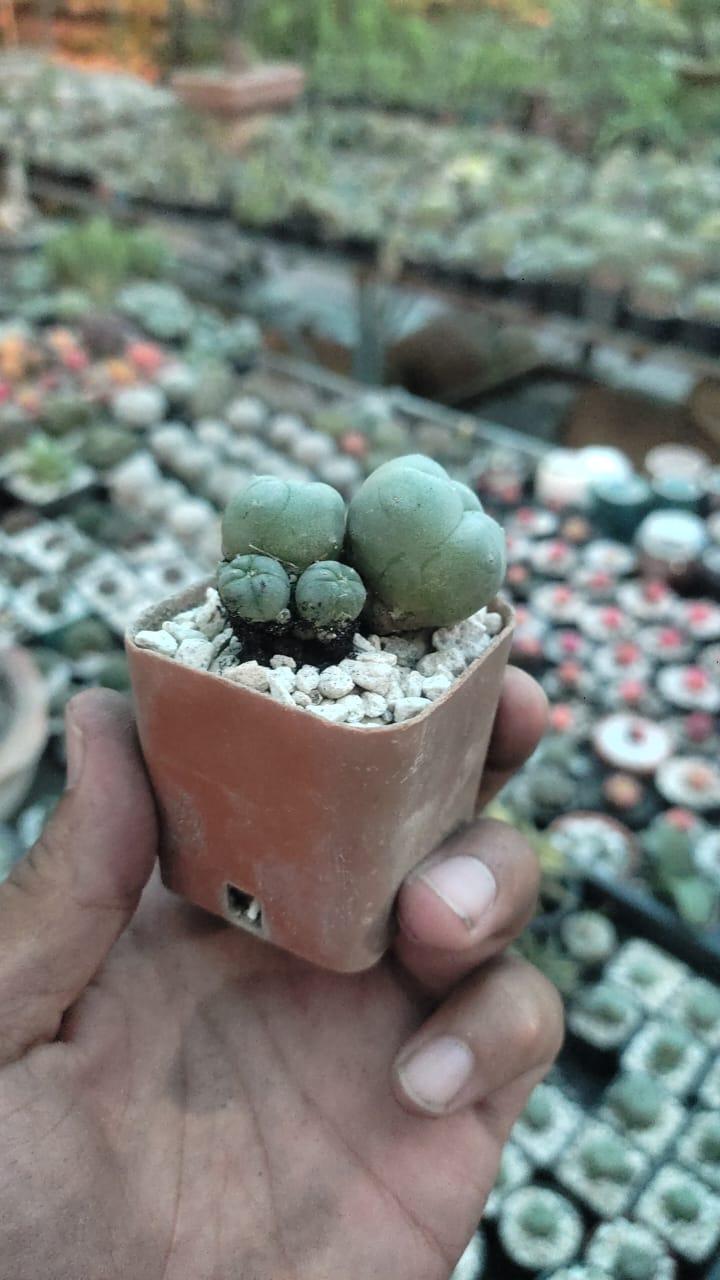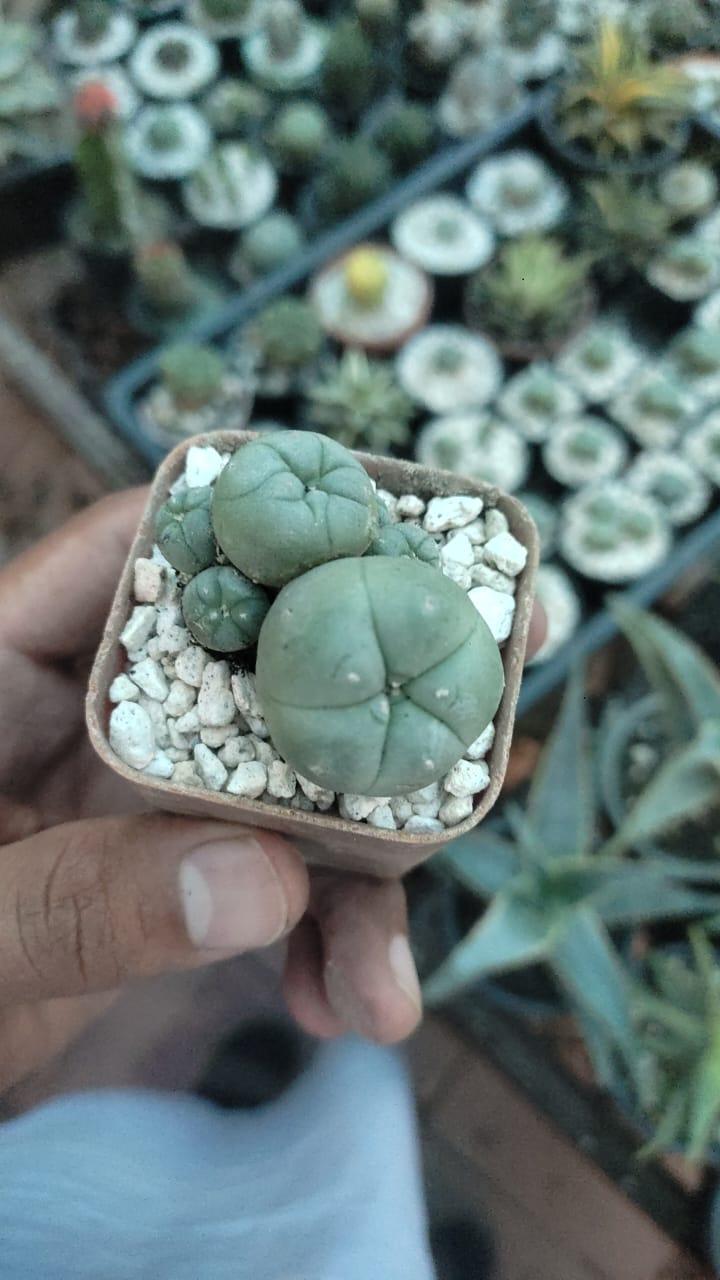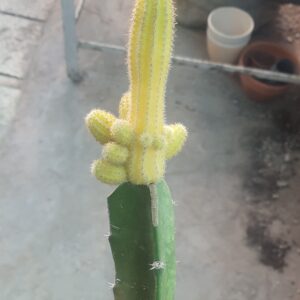Lophophora: The Magic Mescaline Cactus
Lophophora, commonly known as the Peyote cactus, is a genus of invertebrates known for their psychoactive properties, particularly the production of mescaline. Native to the Chihuahuan Desert of Mexico and southwestern Texas, it has been a cornerstone of Native American rituals and spiritual practices for centuries. This small globular cactus is not just a plant, but a cultural icon and object of botanical interest.
Appearance and Characteristics
Lophophora is a small button-shaped cactus, usually 2 to 5 inches in diameter. Its blue-green to gray-green body is soft and fleshy, divided into round spineless ribs. Instead of typical cactus tips, Lophophora has woolly hairs that give it a unique and distinctive appearance. The cactus blooms with small, pink or white flowers that add to its decorative appearance.
Habitat and cultivation
Lophophora thrives in dry desert environments and often grows in limestone-rich soil. It prefers a sunny location with well-drained soil and tolerates extreme temperatures. Growing Lophophora requires some patience and care. To ensure healthy growth, it is necessary to mimic its natural habitat. It includes plenty of sunlight while providing minimal water and protection against excess moisture that can lead to root rot.
Psychoactive Properties and Traditional Uses
One of the most fascinating aspects of Lophophora is its psychoactive properties, which are mainly due to its high mescaline content. Mescaline is a powerful hallucinogen that has been used by Native American tribes for thousands of years in spiritual and healing ceremonies. Mescaline’s effects include altered states of consciousness, visual hallucinations, and deep introspective experiences.
For Native American cultures, Lophophora is more than just a plant; it is a sacred tool used to connect with the spirit world. Peyote ceremonies, which involve the consumption of cactus, are held to seek guidance, healing and knowledge. Despite its cultural importance, the use of Lophophora is regulated in many countries due to its strong psychoactive effects.
Legal Status and Conservation
The legal status of Lophophora varies greatly around the world. For example, in the United States, the use of peyote is limited by the Controlled Substances Act, except for members of the Native American Church who use it in religious ceremonies. Other countries have similar restrictions that recognize the cultural importance of the plant and control its distribution and use.
Conservation of Lophophora is crucial because its natural habitat is threatened by overharvesting and habitat destruction. The goal is to grow the cactus sustainably and educate the public about its ecological and cultural importance. Conservationists are working to ensure that future generations continue to benefit from the unique properties of this remarkable plant.
Health benefits and risks
Although Lophophora is primarily known for its psychoactive effects, its potential health benefits have also been studied. Traditional uses of peyote include the treatment of ailments such as fever, arthritis and many other ailments. Current research is investigating the potential therapeutic uses of mescaline, particularly in the areas of mental health and addiction treatment.
However, there are significant risks associated with using Lophophora. Mescaline can cause serious psychological effects and should be used with caution. Unregulated use can lead to legal problems, health problems and psychological difficulties. Therefore, it is important to respect the power and cultural importance of the institution.
Conclusion
Lophophora is a fascinating plant that has a special place in both the botanical and cultural worlds. Its distinctive appearance, psychoactive properties and deep-rooted cultural significance make it an object of fascination and respect. Whether you’re interested in its historical uses, potential health benefits or simply its unique beauty, Lophophora is a plant that continues to fascinate and inspire.
In the cactus world, Lophophora stands out not only for its appearance, but also for its profound influence on human culture and spirituality. As we continue to study and protect this remarkable plant, we deepen our understanding of nature and our place in it.
Checkout our variety of succulents plants here : https://boota.pk/succulent-plants/
To learn more about your favourite plants, check our YouTube channel : https://www.youtube.com/@boota4474








Faisal Rajpoot (verified owner) –
“It’s vibrant, healthy, and has already started to flourish in my space.”
Fakeha (verified owner) –
“Incredible value for the price.”
Hamza Bilal (verified owner) –
The plant is gorgeous and has become a centerpiece in my living room.
Haroon Azam (verified owner) –
Nicee product…..